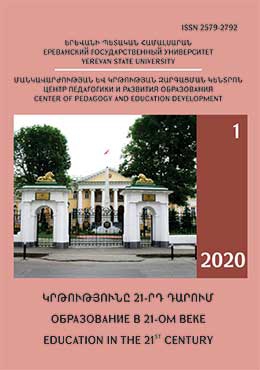MAIN COMPONENTS OF THE PEDAGOGICAL SYSTEM OF GROUND-BASED TRAINING FOR COMBAT FLIGHTS OF FUTURE PILOTS OF TACTICAL AVIATION
DOI:
https://doi.org/10.46991/educ-21st-century.v1i3.10997Keywords:
Keywords: future pilots of tactical aviation, combat flight, combat flight training, theoretical training, simulator training, psychological training, consistency of training.Abstract
The main goal of the educational process in a flying higher military educational institution is the formation of high professional skills and a creative approach to solving combat missions among graduates. The nature of the actions of the crews and tactical aviation units in modern conditions of performing combat missions requires military pilots to have a high level of professional intelligence, operational-tactical thinking, and the ability to navigate correctly in a rapidly changing air tactical situation. The implementation of these requirements is ensured by training (the formation of knowledge and skills), the development of professionally essential qualities, psychological training, as well as the use of appropriate forms, methods and techniques of training of future military pilots of tactical aviation to perform combat missions. It is this aspect that requires the improvement of traditional forms and methods of air tactical training in the educational process, as well as the search and implementation of new ones.
References
D. Gander, Professional psycho-pedagogy. Moscow: Voentechizdat, 2007
R. Makarov, L. Gerasimenko, Theory and practice of constructing target models of operators of especially complex control systems. Moscow: MACHAS, 1997.
V. Ponomarenko, R.Makarov, Anthology of the human factor in aviation through the prism of flight safety. Moscow: MAPCHAK, 2010.
T. Plachinda, Professional preparation of future aviation specialists: foreign and indigenous experience and ways to improve the quality. Kirovograd: Polіmed-Servіs, 2014.
V. Savin. Aviation in Ukraine. Analytical, historical reviews. Kharkiv: Osnova, 1995.
Downloads
Published
How to Cite
Issue
Section
License

This work is licensed under a Creative Commons Attribution-NonCommercial 4.0 International License.

